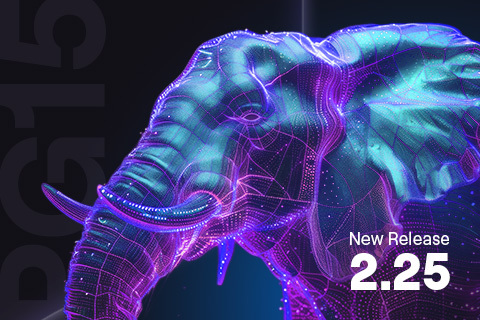Goodbye to Painful PostgreSQL Upgrades: Discover YugabyteDB’s New Upgrade Framework
PostgreSQL upgrades have long been a challenge for engineers, resulting in overwhelming operational complexity and unavoidable downtime. Discover how YugabyteDB is rewriting the rules with an industry-first upgrade framework that delivers in-place, online, major version upgrades for PostgreSQL.









